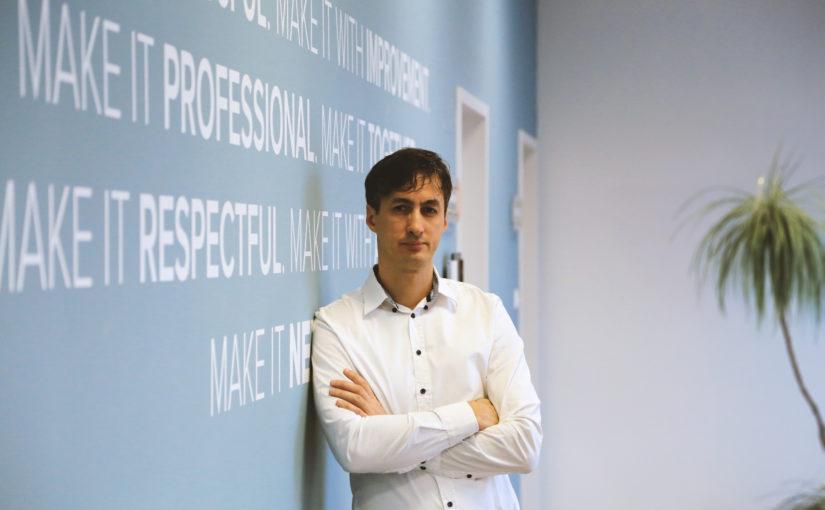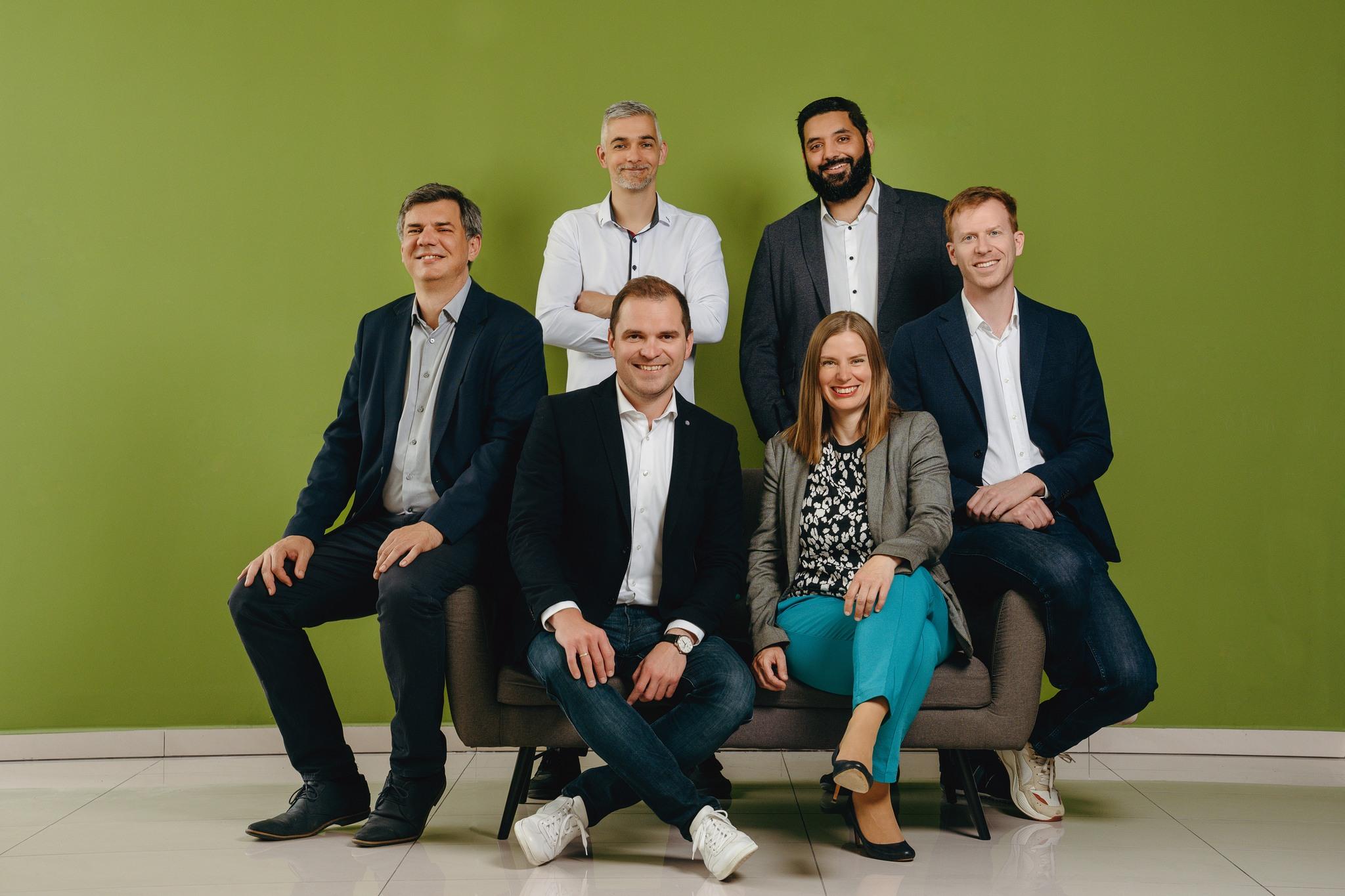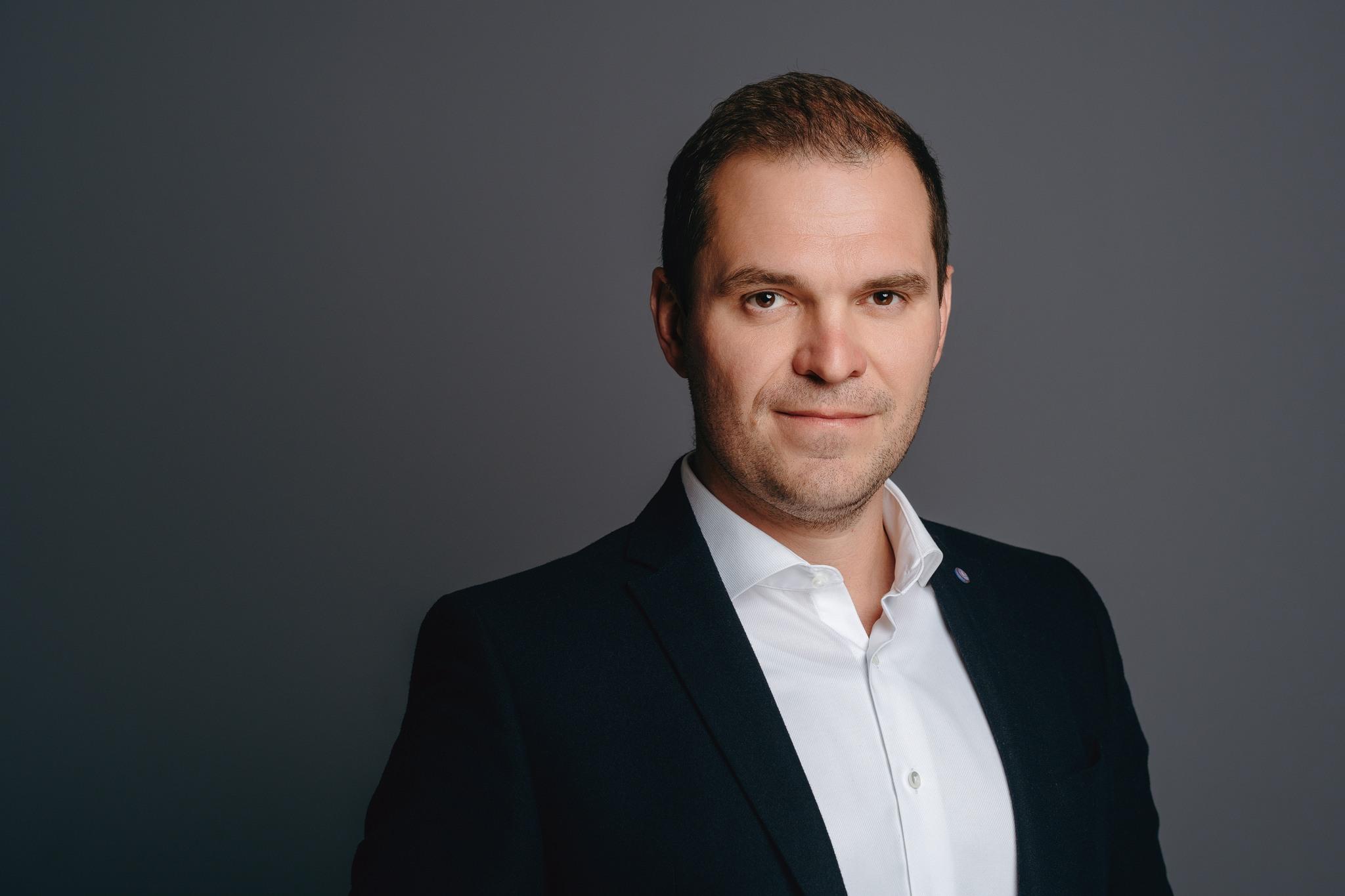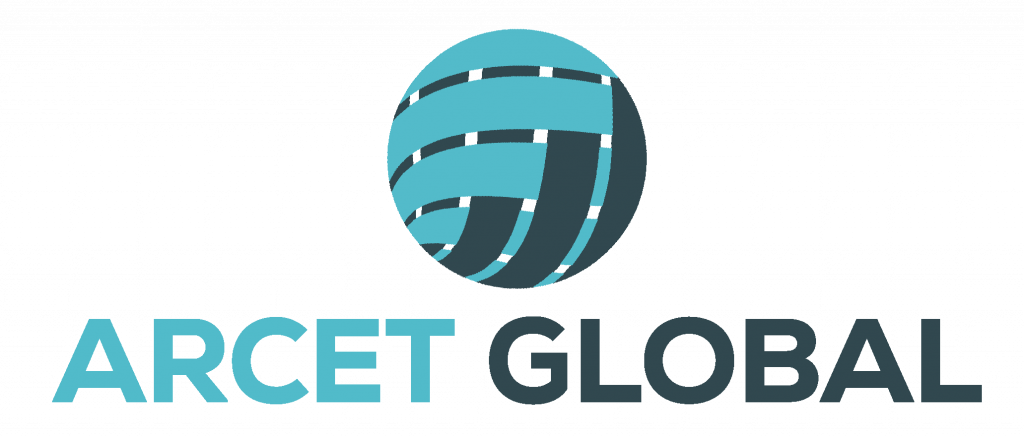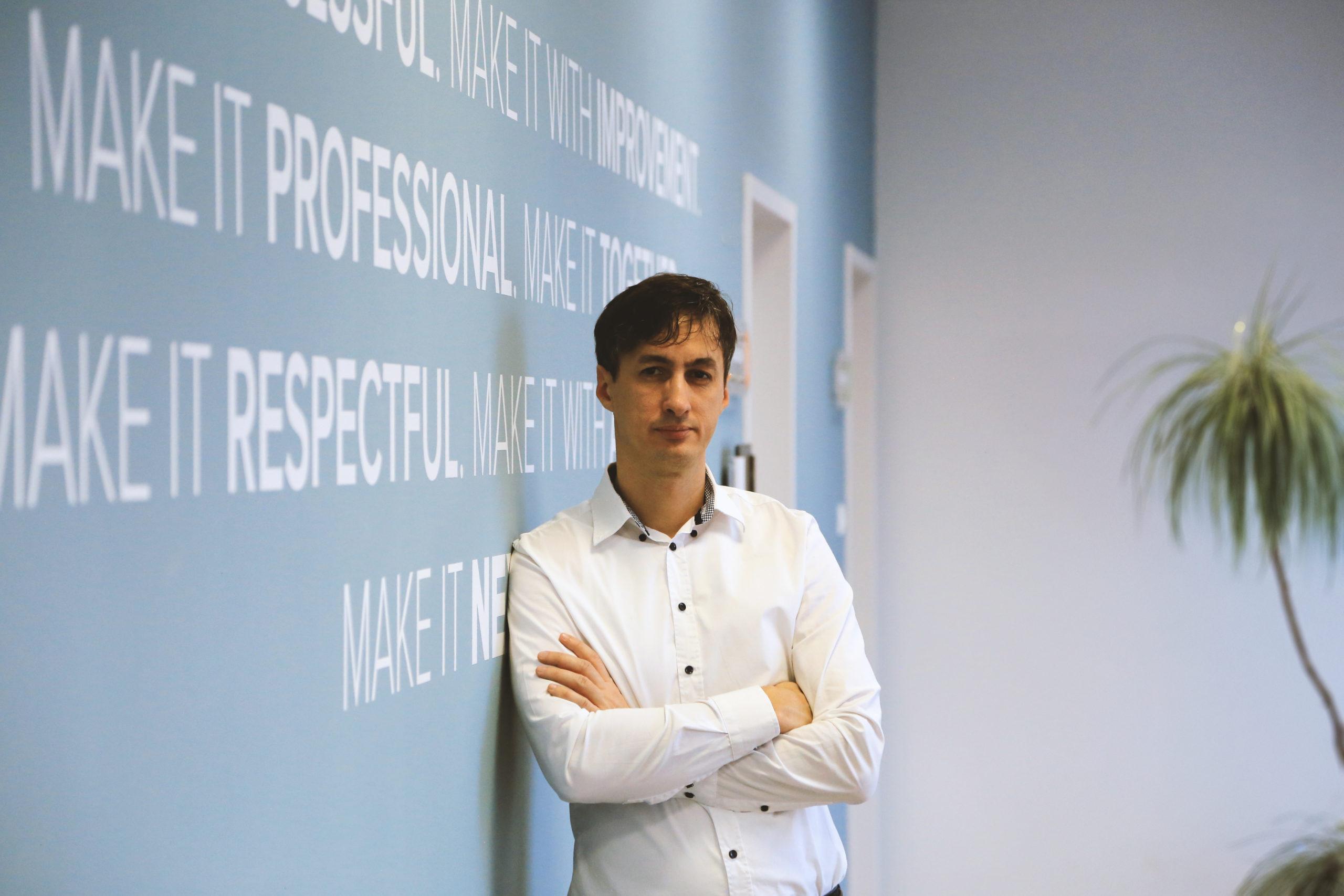
Péter Dömötör: The new Head of AI at Attrecto
Attrecto has been an active player in the evolution of AI technology for many years, and in 2025, it reached another milestone: Péter Dömötör has taken over leadership of the AI division. Péter is no stranger to the company – he has been part of the team since 2011, starting as a developer, later proving his leadership at ChatBoss for 6 years, and now shaping the future of AI at Attrecto. Orsolya Galántai asked him about his journey so far and his vision for the company’s AI strategy.
The early days: where language meets Artificial Intelligence
Péter’s interest in artificial intelligence began in the early 2000s during his university years. At the time, chatbots were still in their infancy, but his interest in natural language processing was already taking shape.
“At the time, chatbot capabilities were still very basic, but I was already fascinated by the possibilities of natural language processing and generation. This field has always intrigued me, and it eventually became a core focus of AI development at Attrecto.”
By the mid-2010s, Attrecto had become actively involved in chatbot development. The experience gained during these early projects laid the foundation for ChatBoss, one of the company’s key innovation initiatives.
“In 2015, generative AI didn’t exist yet, but building chatbots was still an exciting challenge. The goal was to enable machines to understand user intent and provide relevant responses. ChatBoss evolved from this work, and later, when generative AI emerged, we naturally began integrating the latest technologies.”
Leading the AI division: teamwork and customer-centric innovation
As a leader, Péter prioritizes collaboration and collective thinking.
“No single person can fully grasp the ever-changing world of AI on their own. That’s why I believe in professional debates and teamwork. Every decision should be based on solid expertise, but for me, customer focus is the top priority. The key question is always: How does AI help our clients? How does it make them more successful?”
Beyond technical excellence, Péter also places great emphasis on motivation within his team.
“I enjoy working with people who are self-motivated. I believe the best ideas and innovations come when team members approach challenges with enthusiasm and inspiration. That energy drives me as well.”
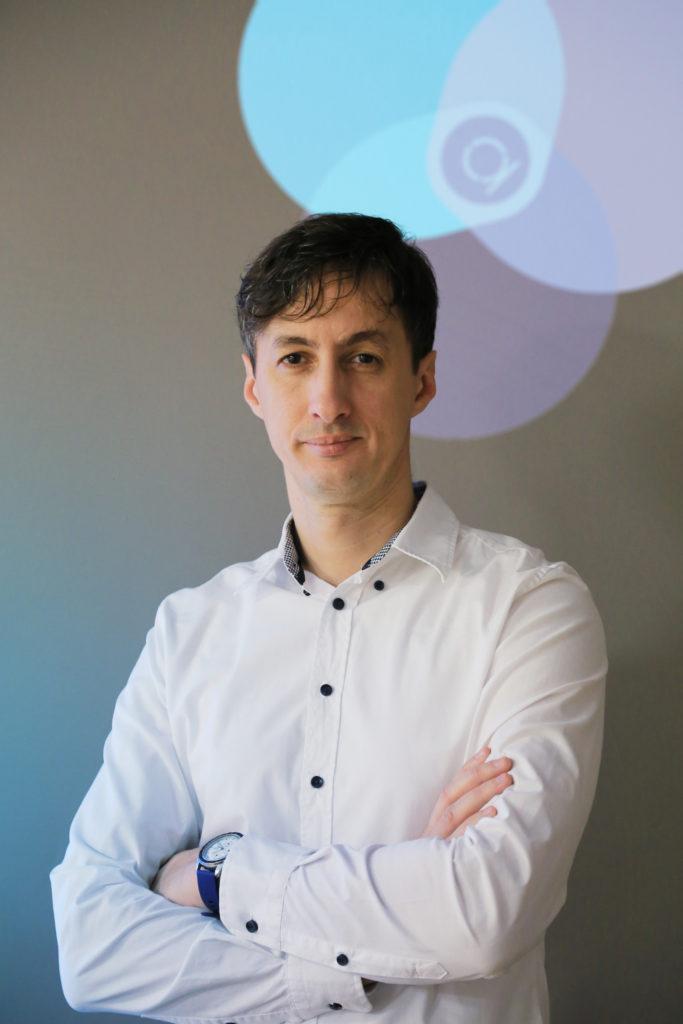
The future: autonomous decision-making and AI-powered process automation
According to Péter, the next major breakthrough in AI will come from process automation.
“Many people already use AI assistants, but they still primarily support human work. The real game-changer will be when AI can make autonomous decisions. We are still at the beginning of this journey, but the direction is clear: AI will gradually reshape the way we work and take on more and more operational tasks independently.”
As the head of Attrecto’s AI division, Péter is committed to keeping the company at the forefront of this field, balancing innovation, technical expertise, and customer focus. After all, the true value of AI isn’t just in technological breakthroughs—it lies in delivering tangible benefits to clients.
Dömötör Péter: Új vezető az Attrecto AI divízió élén
Az Attrecto hosszú évek óta aktív szereplője az AI-technológia fejlődésének, és 2025-ben újabb mérföldkőhöz érkezett: Dömötör Péter vette át az AI üzletág vezetését. Péter neve nem ismeretlen a cégnél – 2011 óta erősíti a csapatot, fejlesztőként kezdte, majd a ChatBoss élén bizonyított, most pedig az AI jövőjét formálja az Attrectónál. Galántai Orsolyával beszélgettek arról, hogyan jutott el idáig, és milyen irányt képzel el a vállalat mesterséges intelligencia stratégiájában.
Az AI-val való kapcsolat kezdetei
Péter már a 2000-es évek elején, egyetemi évei alatt felfigyelt a mesterséges intelligenciára, ez ültette el benne a magot, amelyből később komoly AI-fejlesztések bontakoztak ki.
“Akkoriban a chatbotok képességei még nagyon kezdetlegesek voltak, de már akkor is lenyűgözött a nyelvi feldolgozás és generálás lehetősége. Ez a terület mindig is érdekelt, és ez lett az AI-fejlesztések egyik kulcspontja az Attrecto-n belül is.”
A 2010-es évek közepén az AI világa hatalmas fejlődésen ment keresztül. Az Attrecto egyik kulcsszereplője lett a chatbot-fejlesztésnek, amelyből kinőtte magát a ChatBoss. Ez egy új korszakot nyitott meg, amikor a nyelvi feldolgozás és a felhasználói interakció elemzése került a középpontba.
“2015-ben még nem volt generatív mesterséges intelligencia, de a chatbotok fejlesztésében már komoly lépéseket tettünk. A ChatBoss ezekre az innovációkra épült, majd amikor a generatív AI megjelent, természetesen mi is elkezdtük beintegrálni az új technológiákat.”
Az AI divízió vezetőjeként
“Valójában a ChatBoss-os évek alatt is aktív szakmai kapcsolatban voltunk az Attrecto-val, és 2025 lett az az év, amikor újra erősebben összeforrtak útjaink. Közös célok, és közös lendület mentén kezdtük az új évet.”
Péter vezetői filozófiája a csapat bevonására épül.
“Egyetlen ember nem tudja átlátni az AI folyamatosan változó világát. Ezért hiszek a csapatmunkában és a szakmai vitákban. Fontos, hogy minden döntést szakmai alapon hozzunk meg, de az alapelvem mindig az ügyfélközpontúság marad. Az a legfontosabb kérdés, hogy az AI hogyan segíti az ügyfeleinket, hogyan teszi őket sikeresebbekké.”
A szakmaiság és az ügyfélközpontúság mellett kiemelten fontosnak tartja a motivált csapatot.
“Olyan emberekkel szeretek dolgozni, akikben megvan az alapmotiváció. Engem is inspirál, ha a kollégáim lelkesek, mert ebből születnek a legjobb ötletek és innovációk.”

A jövő: autonóm döntéshozás és AI-alapú folyamatautomatizálás
Péter szerint a mesterséges intelligencia következő nagy ugrása a folyamatautomatizálásban rejlik.
“Ma már sokan használnak AI-asszisztenseket, de ezek még csak támogatják a munkát – a valódi áttörés az lesz, amikor az AI autonóm döntéseket is képes lesz hozni. Még az út elején járunk, de az irány egyértelmű: a mesterséges intelligencia fokozatosan átalakítja a munkavégzés módját, és egyre több operatív feladatot fog magától elvégezni.”
Az AI-divízió vezetőjeként Péter azon dolgozik, hogy az Attrecto az élvonalban maradjon ezen a területen, egyensúlyozva az innováció, a szakmaiság és az ügyfélközpontúság közötti. Az AI valódi értéke ugyanis abban rejlik, hogy nemcsak technológiai bravúrt jelent, hanem kézzelfogható előnyöket hoz az ügyfelek számára is.


